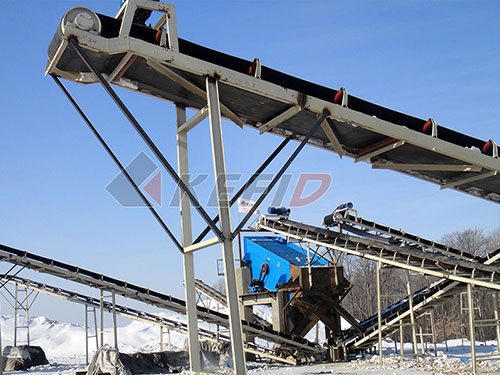
The Precision Engine Behind Your Perfect Brew: Demystifying Coffee Roll Crushers
The journey from roasted coffee bean to the fragrant grounds filling your brewer is deceptively complex. While grinders capture most consumer attention, an equally critical piece of industrial equipment operates upstream: the Coffee Roll Crusher. Far more sophisticated than simple smashing devices, these machines are engineered marvels dedicated to achieving precise particle size reduction with minimal waste and maximum flavor preservation – essential prerequisites for consistent quality in large-scale coffee production.
Beyond Simple Crushing: The Core Function
Unlike consumer blade grinders that pulverize beans through high-speed impact – generating significant heat and an uneven mix of boulders and fines – roll crushers employ a fundamentally different principle: compressive breakage. Their primary function is not final grinding but rather pre-breaking or pre-crushing roasted whole beans into smaller, more uniform fragments before they enter secondary grinding stages (like hammer mills or roller grinders).
Imagine feeding whole roasted beans directly into a high-capacity grinder designed for fine particles. The result would be inefficient energy consumption, excessive heat generation damaging volatile aromatics (“baking” the coffee), potential machine jamming from oversized pieces (“boulders”), and an uncontrollable mix of coarse chunks alongside overly fine powder (“fines”). Fines are particularly problematic; they extract too quickly during brewing leading to bitterness and can clog packaging lines or create dust hazards.
The roll crusher elegantly solves these problems by:
1. Breaking Whole Beans: Reducing large whole beans into manageable fragments.
2. Creating Uniformity: Producing particles within a relatively narrow size range.
3. Minimizing Fines: Significantly reducing the generation of undesirable ultrafine powder compared to impact methods.
4. Reducing Heat: Operating at lower speeds with less friction-induced heat than high-impact grinders.
5. Protecting Downstream Equipment: Preparing feedstock optimized for efficient secondary grinding without stressing machinery with oversized pieces.
Anatomy of Precision: How Roll Crushers Work
At its heart lies one or more pairs of precisely machined counter-rotating rolls:

1. Roll Construction & Surface: Rolls are typically made from hardened steel alloys chosen for durability against abrasion from hard roasted beans.
Surface textures vary:
Smooth Rolls: Produce relatively cubical fragments with fewer fines through pure compression.
Corrugated Rolls: Feature grooves or teeth that introduce controlled

Leave a Reply